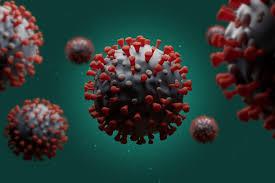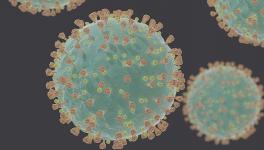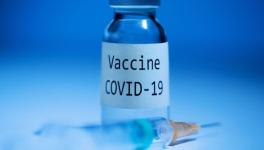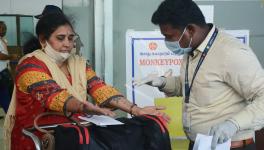How T Cells Function in COVID-19 Patients?

Are the T cells, known as the immune warriors of our body, anyway linked to the fight against SARS-CoV-2, the coronavirus causing the COVID-19 pandemic? Normally, the T cells are the fighters that actually kill the cells of the body infected by a pathogen. Their deadly attack on the infected cells ward off a virus. However, so far, it had remained unclear whether the T cells also function in a similar manner when it comes to the novel coronavirus.
Now, two studies have come out with findings which say that infected people have T cells that target the virus and may help in recovery. More interestingly, it has also been found that people never infected with SARS-CoV-2 also have these cellular defenses. This is very likely due to previous exposures to other coronaviruses. Both the studies’ findings of strong T cell responses to the virus is indicative of development of long-term immunity. Moreover, the T cell mechanism could also help researchers in vaccine development.
T cells are specialised cells of the human immune system to thwart infections. They do it in two ways. The killer T cells are cytotoxic in nature and directly attack the cells where a virus or other kind of pathogen has entered and multiplied along with the cancer cells. The other type of T cell, the helper T cells spur other varieties of cells of the immune system like the B cells. The severity of a disease can greatly depend on the responses of the T cells.
Coming back to the point of T cells’ response in COVID-19 patients. The paper published in Cell on May 14, is about a team led by Shane Crotty and Alessandro Sette, who screened the different viral proteins and predicted which among them could provoke a powerful T cell responses using computational tools in biology. They exposed immune cells from 10 patients that recovered from mild COVID-19 infections to their predicted viral snippets.
Their experiment showed that all of the patients carried helper T cells and did recognise the SARS-CoV-2 spike protein. Notably, the spike protein of the virus enables it to enter our cells. Not only that, the infected persons’ immune cells also consist of helper T cells that can react to other proteins required for the SARS-CoV-2 to survive. The team also detected virus specific killer T cells in as many as 70% of the subjects.
Before these findings came out, another paper published on the pre-print server medRxiv, reported that helper T cells targeting the viral spike protein was found. The study conducted on patients of a Berlin hospital, led by immunologist Andreas Thiel, was made online on April 22. Among 18 patients they found 15 had helper T cells targeting the viral spike protein.
The teams also looked for whether people not being infected by the virus can also produce the immune cells that combat it. Thiel and colleagues conducted blood analysis of 68 uninfected people and found that 34% hosted the helper T cells that recognised SARS-CoV-2. The other team detected this cross reactivity in about half of the blood samples that were collected between 2015 and 2018 and were stored. The researchers think that this is possible because the immune cells were triggered by past encounters with one of the four coronaviruses that cause colds. These viruses also have proteins that resemble those of SARS-CoV-2.
Coming to the point of vaccine research, most of the vaccine development projects are focused primarily on the spike protein of SARS-CoV-2. Now, when we have a scenario where helper T cells can react to other viral proteins, vaccines focused on these proteins as well, could be more effective. Obviously, when there could be more numbers of protein choices, researchers can move beyond concentrating on a single one.
Get the latest reports & analysis with people's perspective on Protests, movements & deep analytical videos, discussions of the current affairs in your Telegram app. Subscribe to NewsClick's Telegram channel & get Real-Time updates on stories, as they get published on our website.























